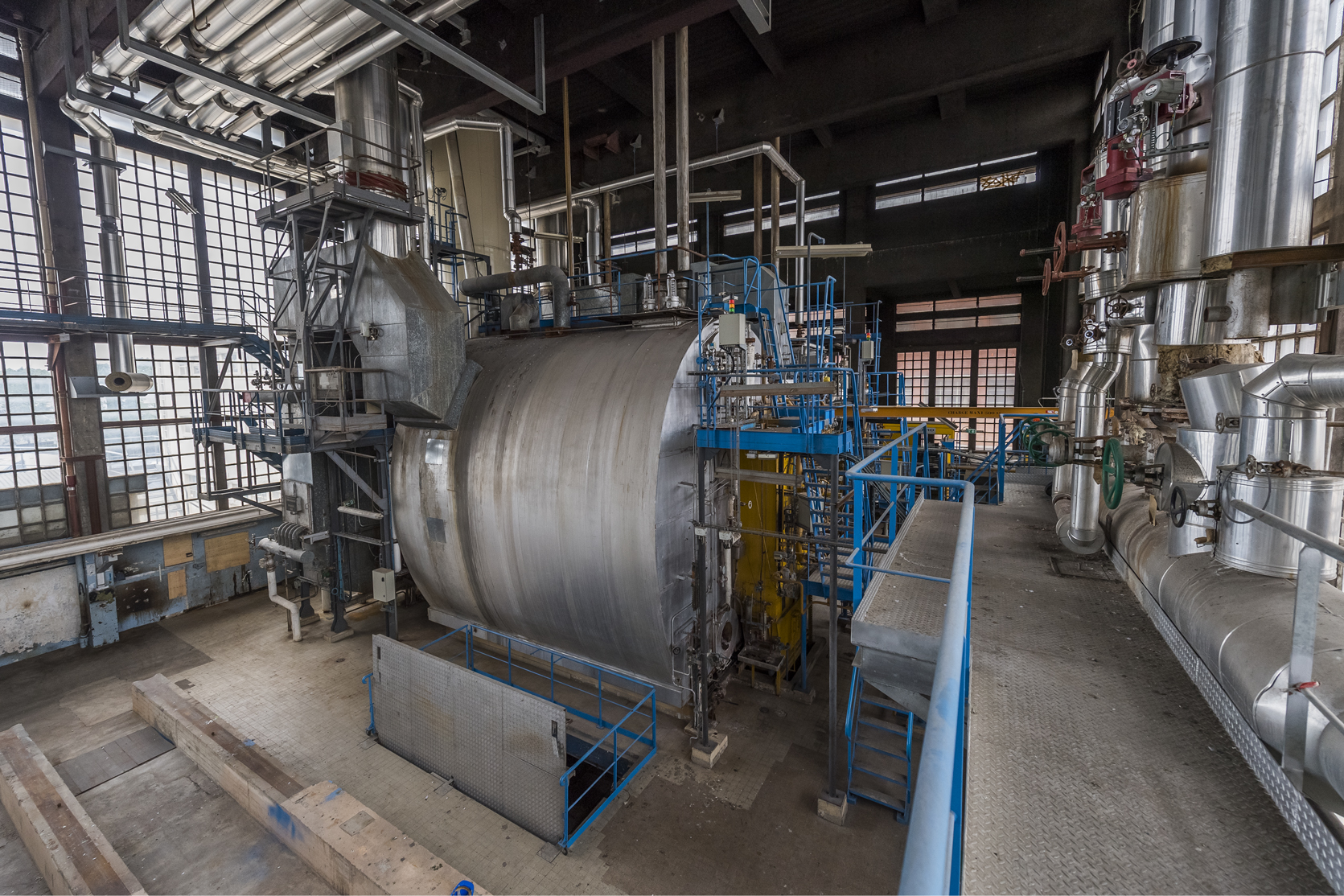FAST
INDUSTRIAL HERITAGE
The FAST Cultural District is being developed on the site of the cradle of the French pharmaceutical industry, bringing back to life both the spirit and the architectural heritage of an extraordinary industrial adventure. In the 20th century, under the impetus of veterinarian Gaston Roussel, Romainville became home to the world's first laboratory for the production of new chemical drugs, bringing together several thousand doctors, chemists, technicians and workers. The buildings designed by architect Jean Barot, now dedicated to art and culture, have been reborn as a vast laboratory for creation, research and innovation, in line with the site's historic vocation.
A pharmaceuticals factory
"Research and development of new chemical drugs"
The history of the site is closely linked to that of its founder, veterinarian Gaston Roussel (1877-1947). A young medical graduate, in 1909 he discovered a highly effective remedy for anemia: Hemostyl was born. In 1911, Gaston Roussel set up a laboratory in Romainville, near the stables of the Compagnie Générale des Omnibus, to process horse serum. Hemostyl soon became the standard treatment for anemia, tuberculosis and hemorrhage.
Later, Gaston Roussel, now an entrepreneur, surrounded himself with a team of doctors and chemists with whom he developed new processes. The year 1927 marked the beginnings of chemical research, with the creation of the Laboratoires Français de Chimiothérapie and the Usines Chimiques des Laboratoires Français (UCLAF).
The first plant was built in Romainville to promote the company's chemically-based medicines. Covering an area of seven hectares, the first UCLAF plant soon accommodated almost two thousand technicians and workers.

Remarkable architecture
"Light and verticality"
Roussel's investment in antibiotics production marks an evolution in the Romainville site. The manufacture of penicillin (and other antibiotics) by fermentation required specific installations to regulate temperature, hygrometry and air sterility. The construction site was entrusted to a specialist: Jean Barot, who in the 1930s designed the Debat laboratories in Garches and the Coty perfumery in Suresnes.
The research and control laboratories (Carrel and Raulin buildings), as well as the offices, are housed in long, multi-storey buildings lit by entablature openings. These contrast with the vertical bays of the Cuvier building, which houses several fermenters with capacities of over 150 m3 and heights of over ten meters.
At the end of his life, Gaston Roussel was elected to the Académie de médecine, veterinary medicine section, on April 24, 1945. His son, Jean-Claude, a young pharmacist only 24 years old, continued to develop the company's activities, giving rise in 1962 to the Roussel-UCLAF holding company. By the time of his death in 1972, the company had become a veritable pharmaceutical empire. A subsequent merger with Rhône-Poulenc gave rise to today's Sanofi group.